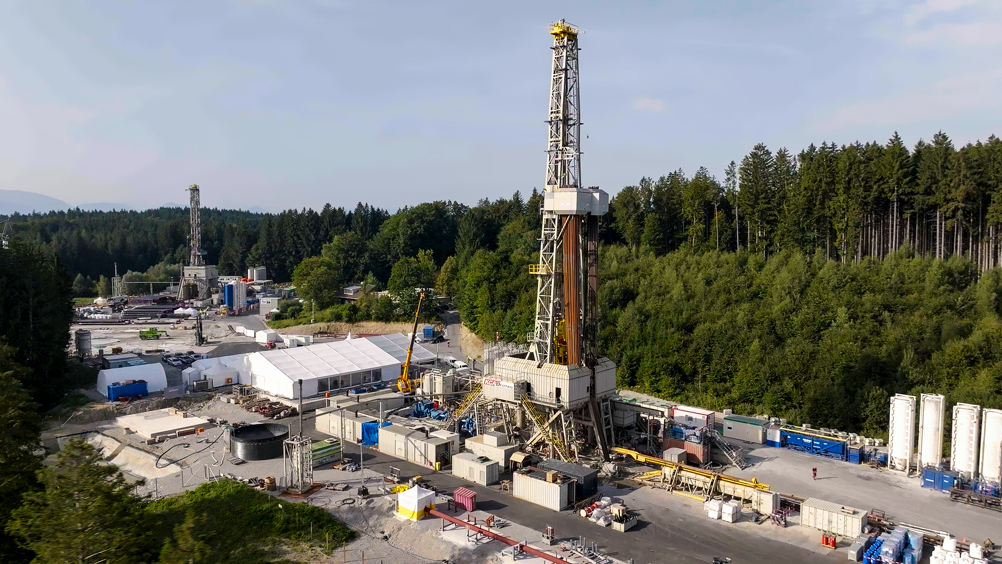Deep Heat: The new technologies taking geothermal energy to the next level
Advances in drilling technologies are opening up new opportunities for geothermal energy. Andrew Wade reports.

For millennia, humans have tapped into Earth’s internal energy, harnessing hot springs for public baths and underfloor heating, and even powering district heating systems as far back as the 15th century. Around 100 years ago, the first countries started to develop geothermal power systems, using heat from the planet’s interior to generate electricity. But despite the technology’s relative maturity, less than 20GW of geothermal generating capacity exists today.
The main reason behind this is the highly localised availability of suitable geothermal resources. While countries like Iceland, Indonesia, Kenya and New Zealand have readily available, near-surface volcanic activity that can be accessed for power, most countries simply don’t have suitable geology for geothermal to be economically viable. Even the US – which leads the world with around 2.7GW of installed generation – produces less than half a per cent of its electricity needs from geothermal energy.
Register now to continue reading
Thanks for visiting The Engineer. You’ve now reached your monthly limit of premium content. Register for free to unlock unlimited access to all of our premium content, as well as the latest technology news, industry opinion and special reports.
Benefits of registering
-
In-depth insights and coverage of key emerging trends
-
Unrestricted access to special reports throughout the year
-
Daily technology news delivered straight to your inbox











CCC Report Finds UK Climate Targets Still Within Reach
In 1990 67% of the UK´s electricity came from coal-fired power stations and even without renewables the transition to gas was a major contributor to...